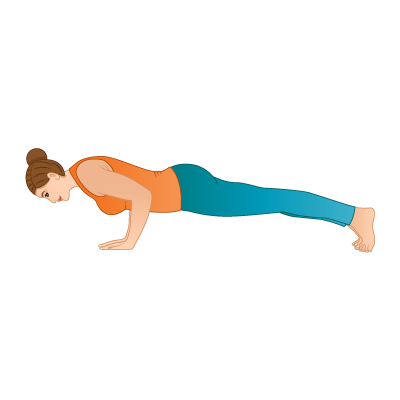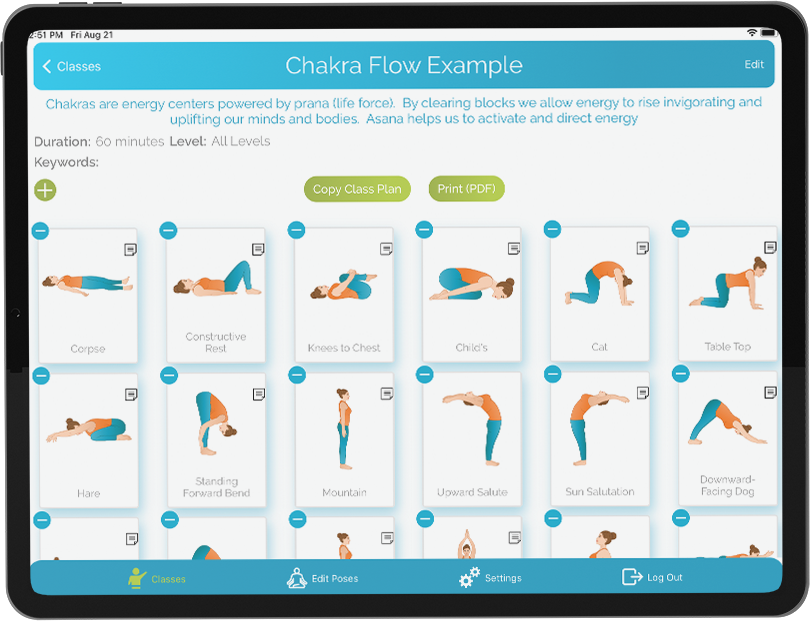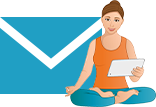How to Connect with Your Yoga Students
October 26, 2011 | 3 min read
Yoga is all about connecting – connecting you mind and your body, your movement and your breath, your yoga practice with your life off the mat.
It’s also about forming real connections with your yoga students. With some students, this will be very easy and natural: They will introduce themselves, ask questions, hang around after class and make an effort to connect with you. But it can be more challenging with the students who dash in at the last minute and race out the second after they roll up their mats.
Connecting with your yoga students can make the difference between successful yoga classes and mediocre ones, and an enjoyable career and a lackluster job. While you do need to be aware of boundaries between teacher and student, connecting with your students can enrich your life and friendships – and make you a better teacher.
The following tips can help you form more meaningful, sincere connections with the yogis you see every day:
- Introduce yourself. This one’s pretty easy. Arrive at least 15 to 20 minutes early so that you can introduce yourself to everyone who walks through the door; really make an effort to learn their names. Then you can use your student’s names in class: “Great job, Tiffany,” “move your knee a little to the left, Robert” and so on.
- Ask for requests: Regularly ask your class, “what do you want to work on today?” If certain students always ask for hip openers or inversions, you will learn a little more about what they enjoy and what’s going on in their bodies, giving you an opportunity to connect further.
- Perform adjustments. Adjustments can be hands-on (rolling someone’s shoulders away from their ears in downward facing dog), verbal (encouraging the class to melt their heart in down dog) and/or demonstrations (showing the class how to do a safe and effective down dog). When you assist and adjust your students, it shows that you’re paying attention to them – adjustments can be both to correct something that’s out of alignment as well as something nice to enhance a pose. Again, be mindful of boundaries and the intentions behind touching – a New York Times article discussed the power of touch in yoga: http://cityroom.blogs.nytimes.com/2011/02/11/joe-miller-q-and-a/?scp=2&sq=yoga&st=cse.
- Host workshops. In addition to regular classes, workshops provide a great way to work with students in smaller groups on a specific topic. If you’re hosting a workshop on meditation or partner yoga, for example, you can encourage your regulars to join you for a deeper exploration of a topic.
Recommend off the mat yoga. Encourage your students to explore yoga that’s “off the mat and into the world.” How can they take what they practice in your class and use it to enhance their lives? Perhaps, they become more present in everything they day, or maybe they practice more compassion. The more you can help your students make yoga a way of life rather than just 60 to 90 minutes on the mat, the more you can connect with them and help them connect with others.
The more you connect with your yoga students, the more likely you are to truly love your job. Yoga, or union, is, in fact, all about connecting.
Posted in Teaching Tips




